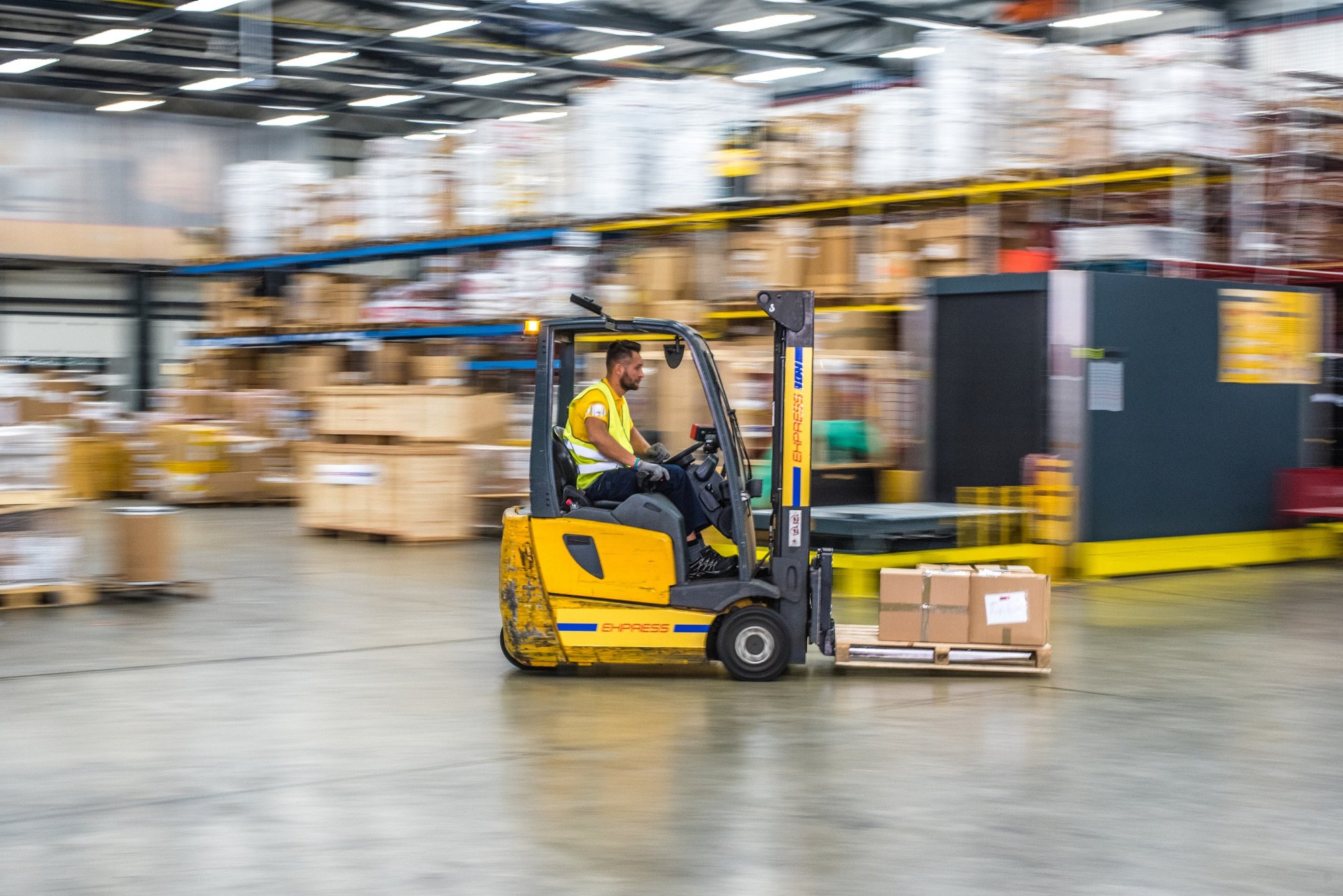It is well known that reducing aggregate travel time for associates inside your DC, be it walking or on a vehicle, significantly increases throughput per hour and general picking efficiency. Several of my past clients have been able to increase throughput by an average of about 6-8% by making improvements in travel.
Clients typically lack visibility to potential savings when it comes to estimating an associates’ travel. To streamline travel within a DC, there are several factors and obstacles that must be dealt with. These include but are not limited to; vehicle speeds and distances, vehicle directions, hazmat areas, dock doors, and zone entry and exit points. From a productivity tracking standpoint, a need arises to make systemic considerations for these parameters to track travel on the floor as close to accurate as possible.
During a recent engagement, a major manufacturer of aerosols and cosmetics were having problems implementing an effective incentive program due to unreliable productivity metrics. A brief analysis of employee productivity data along with some consultations with the client’s engineering team revealed that while most work components were consistently surrounding a mean value, the calculated travel times had significantly large variances. Here is where warehouse managers appear to lack knowledge on to how they systematically configure their Labor Management Systems (LMS) to determine travel. For example, picking from an active location to put into a tote on a conveyor right behind the associate would typically need 5 seconds of travel time credited to the associate. Instead, when the system is configured to treat these two locations as being in separate aisles, your LMS would probably calculate a larger travel component that is accurate. This would inflate an associate’s performance metrics.
Additionally, in a multi-level active picking area, replenishments from case pick or reserve are frequently directed to locations on the second or third levels. Clearly, this will take more time than replenishing a location on the first level. Depending on how the replenishment is happening, the active picking area would need to be further divided into zones to accommodate real life scenarios such as elevators or stairwells. If the locations aren’t zoned properly, the credited travel time would be far lower than the actual time taken, resulting in a dissatisfied associate.
Obstacles are a fact of life inside a DC. There are situations where an associate can safely walk under a conveyor that is 12 feet high, while a forklift cannot. We need to treat these distinctly. An associate on the forklift would clearly need more time to get across aisles. That raises questions about how we are to estimate such times? Take another example of a scenario I faced at a major fashion retailer. Associates took a break at a break room that was surrounded on three sides by racks in the reserve area. Calculating travel time is presented as a challenge since the LMS will automatically calculate travel through its walls. The solution to this problem is to further zone out the areas on each side of the break room, letting the system avoid it altogether. Here are a few other questions that come to mind.
- How are we going to accommodate for stop signs at the end of aisles for vehicles?
- How do we factor in the time it takes to latch on to a wire guidance system to keep your vehicle from colliding with aisles?
- How should we treat travel to wall locations and picks from a conveyor, which in most cases are in a direction perpendicular to the general layout of your racks?
The above scenarios can be thought-provoking, yet can be handled by implementing a well thought out travel design. The permutations in configuring your travel components are numerous. The underlying configurations for vehicles, aisles, zones, and locations need to be done efficiently, with minimal requirement for future maintenance. An efficiently configured travel system has the potential to transform your labor program. By engaging an SME to design complex travel scenarios and performing time studies, my clients have reaped great benefits.
